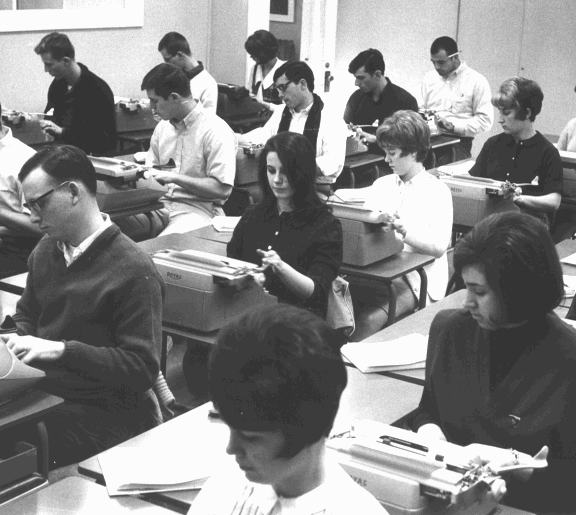PHASE I Spring 2008: Incorporate one multimodal assignment of instructor’s choice in one section of ENGL 106 College Writing II and in ENGL 302 Advanced Writing.
This assignment replaces one writing assignment in the course. In this pilot phase, Christine Denecker and I each redesigned one assignment in our courses based on principles we learned together at the Digital Media and Composition workshop at The Ohio State University. The Ohio State University currently uses a range of multimodal assignments and we were able view samples from Scott DeWitt to use as models when creating our own assignments. In College Writing II, I had students design a web site using information from the standard argument paper assignment. Students first wrote a print-based argumentative paper taking a position on the emerging issue of "helicopter parents" on college campuses. The argument paper is considered the culminating assignment in ENGL 106 and students are required to use several sources to develop a persuasive text. After students completed the argument papers, I invited them to take information from these texts to design a web page in Microsoft FrontPage to persuade readers of their opinions through an alternate venue.
Because initial research was already complete, the Argument “remix” assignment allowed students to focus on learning web page design , find pictures and sounds, and develop a web text that “remixed” the print assignment in a variety of ways. Meaghan Harrison’s remixed web page was fairly typical of these first assignments where students experimented with color and animations but did not necessarily consider visual impact or design. The goal of this first phase was to have students merely think about and construct an initial design of a print essay in a different mode.
This remix assignment is modeled in part off Melinda Turnley’s (2005) Redesign Project that asks students to “redesign” existing websites. We modified the project to have students “redesign” their argument papers by exchanging a print-only mode for text that uses at least two modes of delivery. Turnley proposes, “Redesign projects have rich pedagogical potential because they ask students to map existing relationships and imagine alternative ways for articulating them,” and I argue these principles are even more applicable when students are imagining the transition between print and web and back again (p. 132). To capitalize on student interest in file sharing, upon completion of the web pages, we used Google Docs to share drafts of pages in peer review groups as this free program allows several users to edit a document simultaneously. In Advanced Writing, Christine Denecker assigned two major multimodal projects including a Windows MovieMaker video essay and a final composition that used PowerPoint, MovieMaker, or FrontPage based on topics of students’ choice. She also assigned a "My Turn" essay where students could format an essay written in Microsoft Word to look like an actual magazine page in Newsweek.
During the summer of 2008, we shared sample projects with other interested first-year composition faculty but were not able to execute a required multimodal assignment noted in the description of Phase II.
<<back to "Implementing a Multimodal Composition Initiative"
